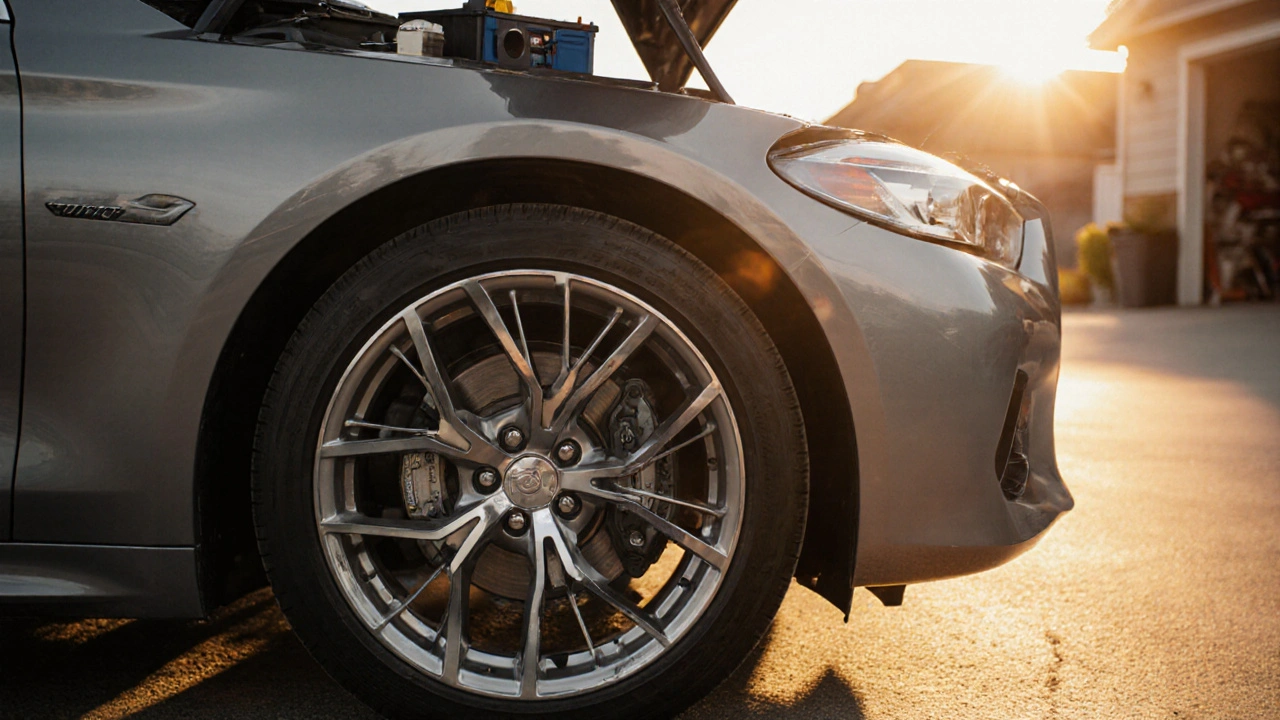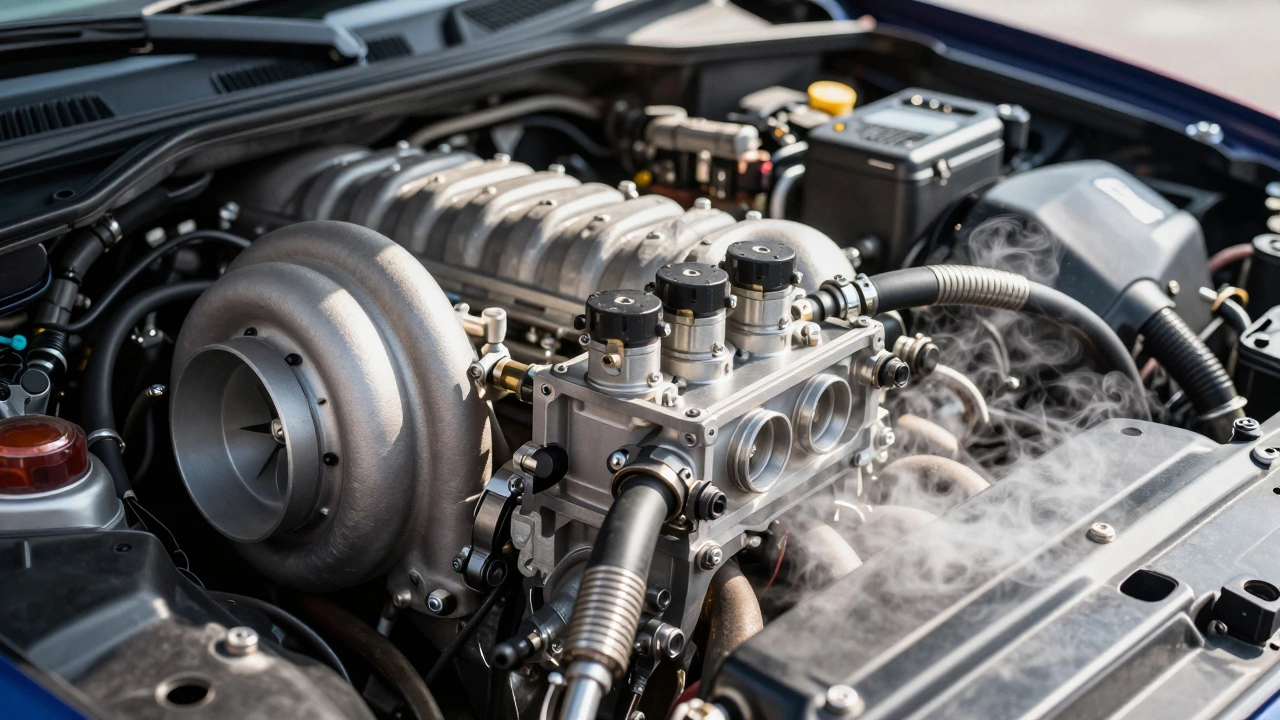Car Resale Value: What Really Determines Your Car's Worth
When talking about car resale value, the amount you can fetch when you sell or trade in your vehicle. Also known as used‑car price, it’s a mix of market demand, condition, and how long the car has been on the road. Vehicle depreciation the steady loss in value a car experiences each year plays a huge role, but the parts you keep or upgrade can either soften or accelerate that loss. Understanding these connections helps you make smarter choices that protect your wallet.
Key Factors That Shape Resale Value
First off, car parts components like brakes, tires, and the engine are the most visible sign of how well a vehicle has been cared for. Original Equipment Manufacturer (OEM) parts usually signal that the owner followed factory recommendations, which buyers trust more than generic aftermarket swaps. However, high‑quality aftermarket upgrades that boost performance or safety can also add value—think low‑profile tires that improve handling or a performance exhaust that lowers fuel consumption. The trick is to balance cost and benefit; a cheap, low‑grade part can hurt the price just as much as a well‑intended upgrade that looks out of place. Second, regular maintenance routine services like oil changes, brake checks, and fluid top‑ups is the backbone of a good resale story. Buyers love a clean service record because it reduces the risk of hidden issues. A simple maintenance checklist—oil change every 5,000 miles, tire rotation every 7,500 miles, brake pad inspection at 30,000 miles—can keep wear patterns even and extend component life, which translates to a higher asking price. Skipping these tasks doesn’t just raise repair bills; it signals neglect, and the market penalizes that with lower offers. Third, the timing of your sale matters. Vehicles depreciate fastest in the first three years, losing roughly 20‑30 % of their original price each year. After that, the decline slows, especially if the car stays in the sweet spot of 3‑5 years old with under 60,000 miles. Selling before the major depreciation curve flattens means you’ll likely get less, even if the car is in perfect shape. Planning your trade‑in around this window—while the car is still relatively new but has settled into a stable value—optimizes the return. Lastly, how you present the car can boost perceived value. A deep clean, professional photos, and a clear list of recent part replacements (like new battery, fresh spark plugs, or a replaced timing belt) give buyers confidence. Think of it as a résumé for your vehicle: the more achievements you can showcase, the better the salary—err, price—you can command. Putting it all together, the equation looks simple: car resale value = (low depreciation rate) + (quality OEM or performance‑focused parts) + (consistent maintenance) + (strategic timing). Each element feeds into the next; good parts reduce wear, which eases depreciation, which in turn makes maintenance cheaper and more effective. When you treat your car like an asset rather than just a ride, the market rewards you with a healthier bottom line. Below you’ll find a collection of articles that walk you through each of these pieces in detail— from choosing the right parts and knowing when to repair or replace, to creating a maintenance schedule that protects your car’s price tag. Dive in to get the practical tips and real‑world examples that will help you maximize your car’s resale value.





